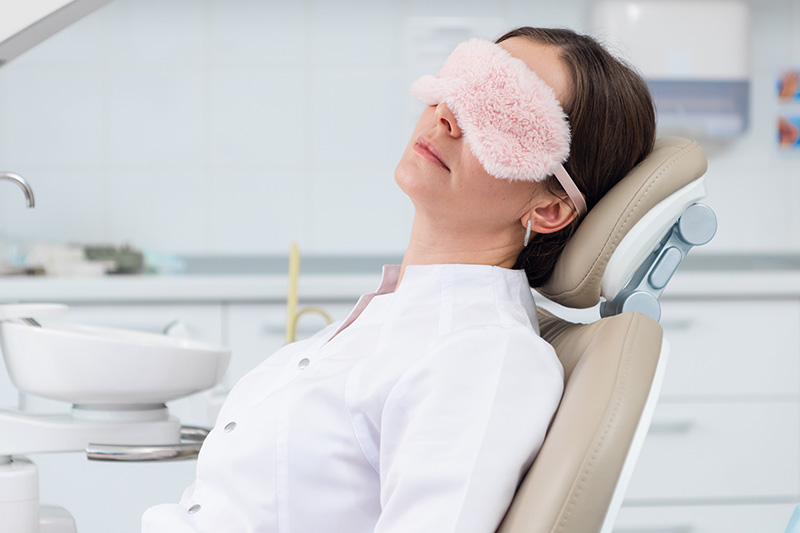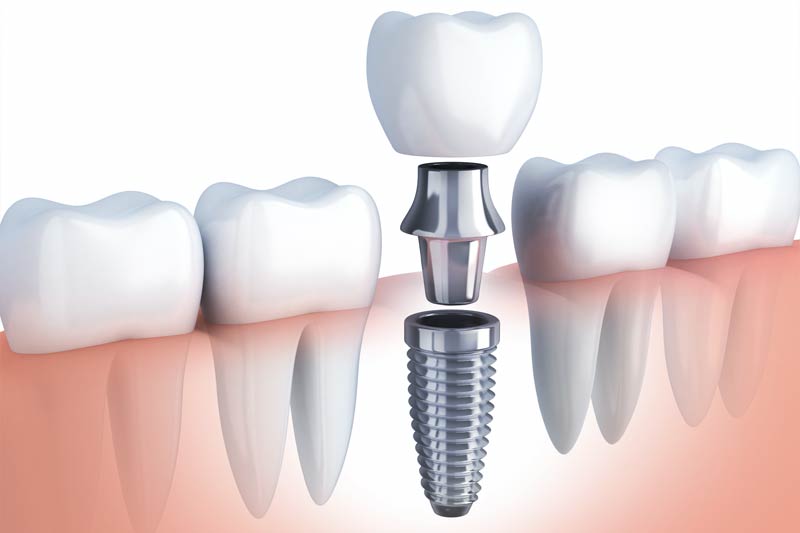Sedation Dentistry
Berkeley Lake Dental is committed to provide you a comfortable and relaxing environment by offering movies, TV shows, and music of your choice to enjoy during your dental treatment. In addition, we also offer conscious sedation that can reduce your anxiety and bring you to different level of comfort and relaxation.

What is Conscious Sedation?
Conscious sedation helps reduce anxiety, discomfort, and pain during certain procedures. This is accomplished with medications and (sometimes) local anesthesia to induce relaxation.
Conscious sedation is commonly used in dentistry for people who feel anxious or panicked during complex procedures like extractions, implant surgeries, root canal treatments, and other oral surgical procedures. It’s also often used during routine dental procedures, such as fillings, crown restorations, and cleanings to relax patients and minimize discomfort.
Conscious sedation is now usually referred to by medical professionals as procedural sedation and analgesia. In the past, it’s been called:
- sleep dentistry
- twilight sleep
- happy gas
- laughing gas
- happy air
How does conscious sedation stack up against general anesthesia?
Conscious sedation and general anesthesia differ in several significant ways.
Conscious sedation
- used for dental cleaning, cavity filling, endoscopy, colonoscopy, vasectomy, biopsy, minor bone fracture surgery, tissue biopsies
you’re still (mostly) awake
- you may remember some of the procedure
- you may receive a pill, inhale gas through a mask, get a shot into a muscle, or receive a sedative through an intravenous (IV) line in your arm
- it may not take effect immediately unless delivered through an IV
- you’ll likely regain control of your physical and mental faculties quickly, so you may be able to take yourself home soon after a conscious sedation procedure
With General anesthesia
- you’re almost always fully unconscious
- you should have no memory of the procedure
- this is almost always given through an IV line in your arm
- it may take hours to wear off, so you’ll need someone to take you home
There are also three different stages of conscious sedation:
Minimal (anxiolysis) - You’re relaxed but fully conscious and responsive
Moderate (conscious) - You’re sleepy and may lose consciousness, but you’re still somewhat responsive
Deep - You’ll fall asleep and be mostly unresponsive.

 VA Credentialed Provider
VA Credentialed Provider



